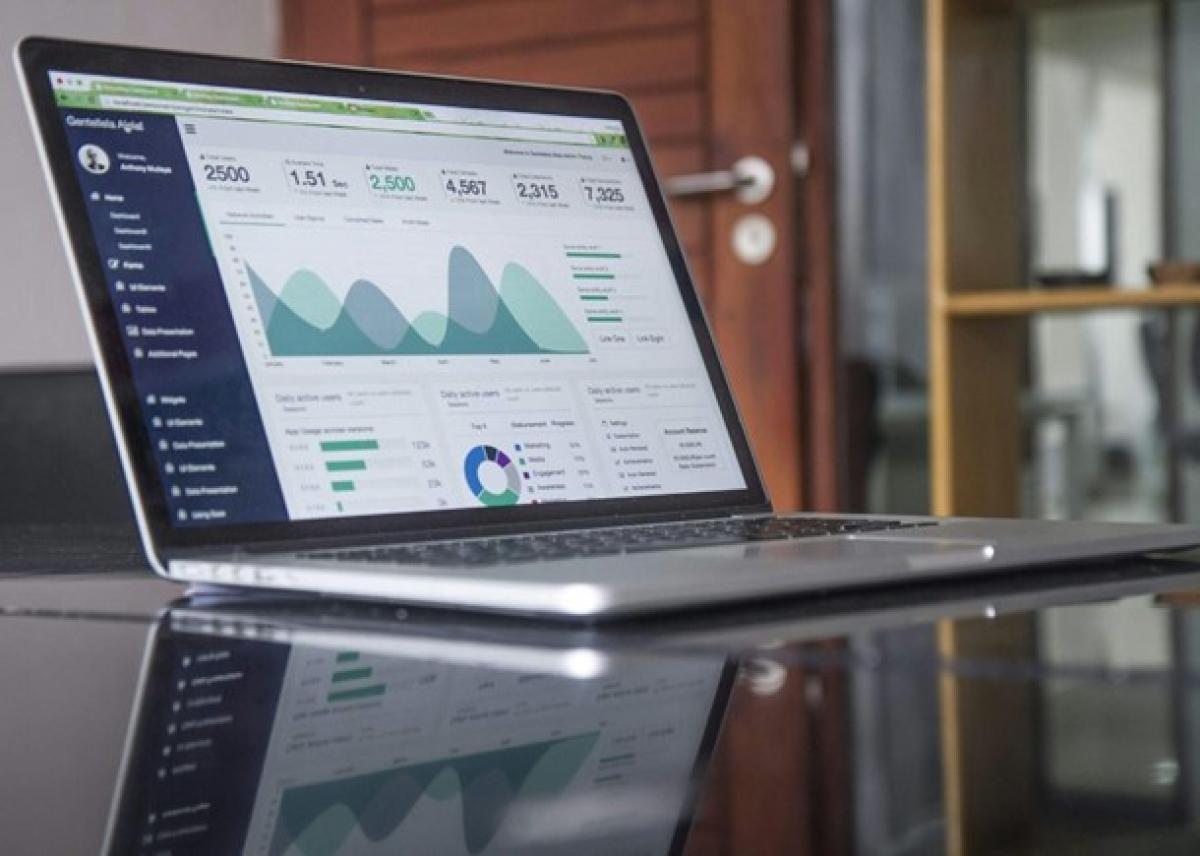By Sam Bowman.
Investing in anything is a gamble; no matter how good the odds seem at first glance, when you spin that table, you never really know which number it’s going to land on. Your decision to name a number and toss that ball is dependent on market factors, prior successes, demonstrated value on a smaller scale, and optimism for greater returns.
Of course, investment isn’t, strictly speaking, a game of roulette; though chance plays a significant role in an investment’s success, a seasoned investor will know how to narrow the odds of failure as much as possible. For every investor who went all-in on trends like the crypto market before it started to decline, there are investors who invoke more time-tested strategies with consistent returns, like Global Macro and Multi-Strat.
While these strategies have shown themselves to be effective, new technological advancements offer opportunities for investors to increase their odds of success even further. With investment in technologies like artificial intelligence skyrocketing and the era of big data influencing business decisions in other sectors, investors are likely wondering: how can I take advantage of these shifts to make my odds of failure even slimmer?
Let’s explore how investors can use data analytics to develop powerful, lucrative investment strategies.
Big Data: Hearing The Voice Of The Market Even More Clearly
Every routine investor is familiar with market research. Before putting any money down, you have to know what trends are hot, what successes a particular brand or product has logged so far, and whether similar concepts failed in the past. Investors previously put in a lot of legwork to collect this information, leveraging tips from colleagues, shifting stock values, and business records to cobble together a risk proposition.
In the era of big data, that effort can be minimized; and the results maximized. With both data and the tools needed to interpret it being prevalent and widely accessible, investors can use those tools for:
- Identifying opportunities: With both high-level market data and granular business-specific data at your fingertips, you can predict which markets will expand and contract, which businesses are most likely to see revenue growth, and which opportunities may be doomed to failure.
- Risk management: In addition to reporting on risk in real time and unlocking rapid responses for investors, big data can be used to forecast and avoid future risks. Using a statistical model, you can see if and when the value of your properties will disintegrate over time, allowing you to choose the best time to offload and profit.
- Cross-checking forecasting: Why rely on a single solution to predict the tempest of the market? If you’re unsure that your model is reporting on the market’s potential accurately, you can cross-check it with others to verify its accuracy and adjust your plans as needed.
As investors consider looking into these tools, they’ll find they’re spoiled for choice. Designed to amplify, not replace, the human element, investors have access to a wide range of solutions that unite real-time data, historical information, and predictive analytics to drive smart business decisions.
Streamlining Reporting and Leveraging Analytics
Regardless of whether you land on a high-investment, high-impact solution like Morningstar or something as simple as an AI chatbot, you can leverage insights from these systems to drive investment decisions. Of course, the decision-making aspect is just one part of your role; you also need support on the back end.
While some of the analytics tools on-market have built-in support for back-office operations, you’ll likely need to put some thought into optimizing your financial reporting. This may entail:
- Creating a uniform data collection process: Audit your current data collection process, looking for any inefficiencies you can resolve. Aim to have all records in one place, and check those records frequently on a predetermined schedule. Make sure your new process is scalable, accounting for potential growth over time.
- Leveraging automation: If you don’t have to do something manually, don’t. There are a wide variety of platforms out there designed to take on time-consuming tasks, like balancing books, creating invoices, and bill payments. Moreover, these systems are also typically designed to flag and resolve issues.
- Outsourcing accounting and bookkeeping: You can also hit the eject button and have a series of trained professionals take care of your back-office labor. Consider carefully who you entrust this to, however, as their successes and failures in this regard will influence your solutions’ input.
There are a wide variety of analytics tools out there that can facilitate the reporting process with built-in automated support. For each type of report you have to submit, there are tools that can template, auto-fill, and submit them to the proper place on a predetermined, set schedule. Investors can hit the market with confidence, knowing their back-office labor has been taken care of with minimal input from them, and trusting that their numbers have been reported swiftly and accurately.
Staying on the Competitive Curve
A while ago, organizations were talking about big data as though it was the future. Now, it’s the present. Investors who jump on board will find themselves able to more reliably secure wins on the market. Investors who don’t? They’ll find themselves falling behind their competitors.
This technology is still relatively new, meaning it’s early enough that investors who use it may gain a competitive edge. But it’s very possible that 10 or 20 years from now, this technology may be the status quo, not the exception.
It’s your opportunity, sitting in front of you. Seize it, and you won’t regret it.
About the Author:
Sam Bowman is a writer from the pacific northwest, who enjoys getting to utilize the internet for community connections across the country. His writing reflects the many passions he has for the world around him. In his spare time, he likes running, reading, and frequenting the local bookstore.





